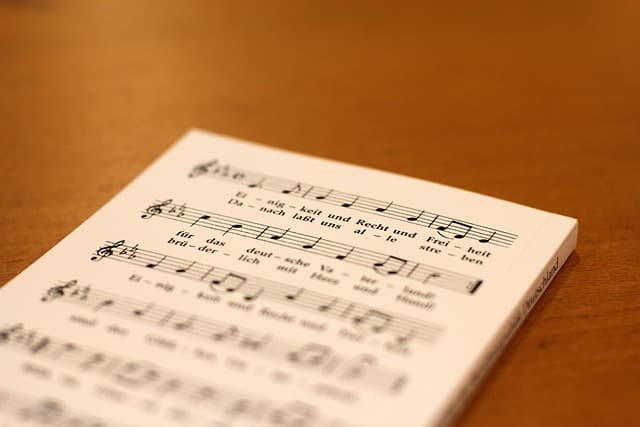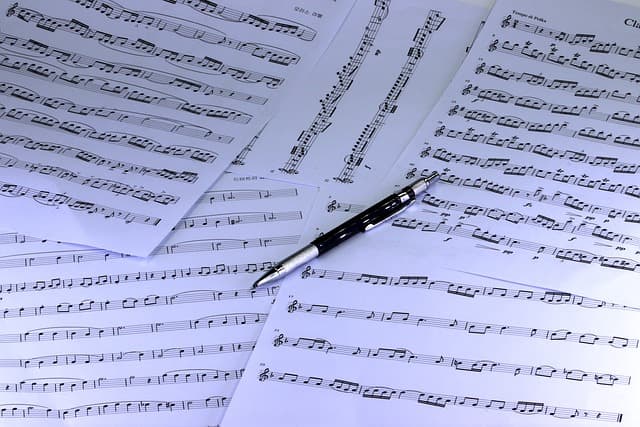Many national anthems have their roots in folk music, as folk songs reflect the spirit of the people, their traditions and culture. Hymns inspired by folk motifs have become symbols of independence and national pride, and their music conveys the strength and unity of a nation. Such works often take as their basis melodies that are widely known among the people, and the text of the anthem complements and deepens these motifs, turning them into a national symbol.
An example of such an anthem is Ireland’s national anthem, Amhrán na bhFiann (Song of the Soldier), which was written in 1907. The music of this anthem is borrowed from Irish folk tunes, making it close to every Irish person. The text written by Padraig Pearse, a poet and revolutionary, emphasizes the spirit of struggle and the desire for independence. This anthem has become an important element of Irish identity, symbolizing not only political independence, but also cultural attachment to its traditions.
Equally interesting is the Lithuanian anthem Tautiška giesmė, which was written in 1898 and is also inspired by folk motifs. The music of this anthem is based on a traditional Lithuanian melody used in folk songs. In its lyrics, the Lithuanian anthem expresses love and loyalty to one’s native land, pride in cultural heritage and the desire for freedom. The anthem has come to symbolize Lithuanian independence and the rebuilding of national identity after a long period of foreign rule.
Similarly, folk music inspired the authors of the Hungarian anthem Himnusz, written in 1844. Although the text of the anthem was written by the poet Sándor Petőfi, its music was inspired by Hungarian folk motifs. The anthem conveys in its sound the atmosphere of the struggle for freedom and the deep connection of Hungarians with their historical land.
The Polish national anthem Mazurek Dąbrowskiego also has folk roots, as it is based on a Polish folk song that was sung at festivals and national celebrations in the 18th century. This anthem not only reflects the culture and traditions of the country, but also symbolizes the desire of the Polish people to regain the independence lost during the era of fragmentation and foreign rule. The incorporation of folk melody into the anthem was an important step towards national revival and the establishment of Polish statehood.
Hymns inspired by folk music tend to play an important role in the formation of national identity, as they are closely linked to the cultural traditions and historical experience of the people. The music of these hymns is familiar to many from childhood and carries a powerful charge of patriotism and pride in one’s country. Such anthems not only inspire at times of celebration, but also remind us of the cultural roots on which the identity of a modern nation is built.



